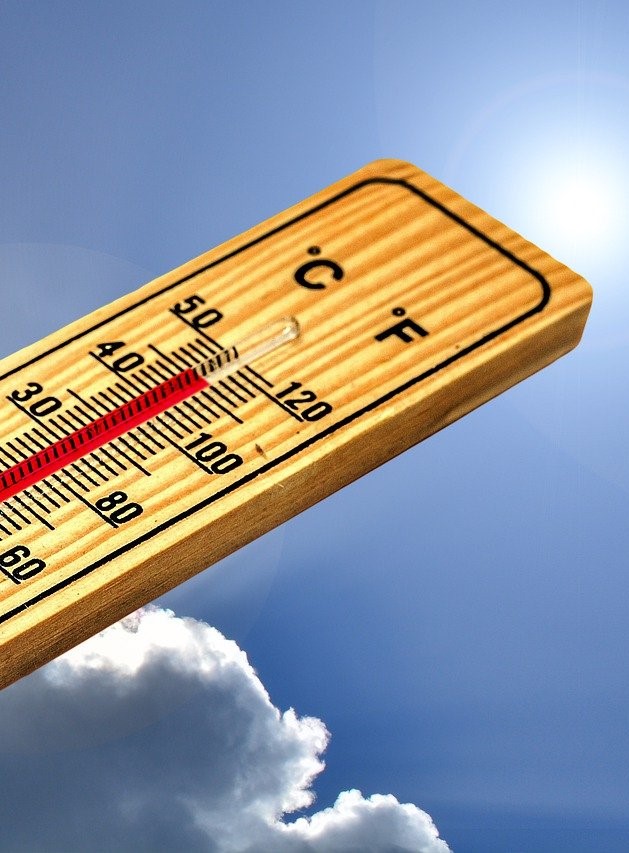At a national conference on climate and health titled ‘India 2047: Building a Climate-Resilient Future’, recently, a trade union leader shared the lived reality of garment workers in sweltering factories, while a climate modeller spoke about wet-bulb temperatures — two equally important perspectives that are reflective of science and the lived reality. The conference showed the power of unlikely collaborations: paediatricians with architects, maternal health experts with city engineers, and academicians with policymakers.
The monsoon may have set in early, but the fact that cannot be ignored is that India did face (and will face) yet another season of intense heat; the toll on public health is impossible to ignore. From dehydration and heatstroke to exacerbated chronic illnesses, extreme heat is pushing the health system to its limits. Yet, our response remains siloed and heavily skewed toward crisis care (hospital beds, intravenous (IV) fluids, and emergency admissions) when it should be grounded in prevention.
For India’s health system to address the challenges of a warming world, it must evolve from reactive care to proactive and preventive action and must also be interdisciplinary.

